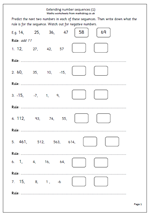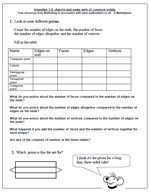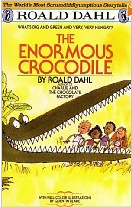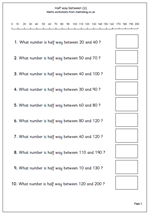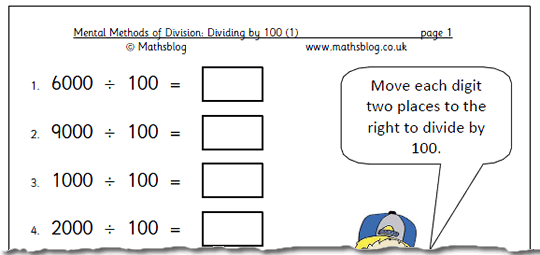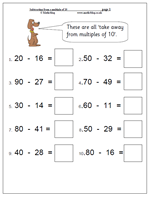Here we have a selection of questions all involving time, suitable for Year 4 children. The questions cover a range of knowledge including:
1. Counting in minutes crossing the hour boundary
2. Knowing the number of days in the month
Some are quite tricky, especially those where days are counted, crossing over a month. A calendar would be useful for this.
This would be a useful assessment sheet or homework activity. It can be found in our Year 4 maths worksheets, in the section Using and Understanding Maths.

